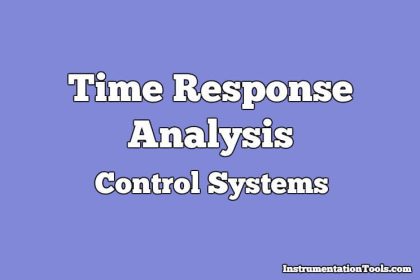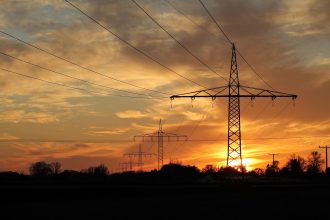Frequency Response MCQ
1. Scientist Bode have contribution in :
a) Asymptotic plots
b) Polar plots
c) Root locus technique
d) Constant M and n circle
Answer: a
Explanation: Asymptotic plots are the bode plots that are drawn to find the relative stability of the system by finding the phase and gain margin and this was invented by Scientist Bode.
2. Scientist Evans have contribution in :
a) Asymptotic plots
b) Polar plots
c) Root locus technique
d) Constant M and n circle
Answer: c
Explanation: Root locus technique is used to find the transient and steady state response characteristics by finding the locus of the gain of the system and this was made Scientist Evans .
3. Scientist Nyquist have contribution in:
a) Asymptotic plots
b) Polar plots
c) Root locus technique
d) Constant M and n circle
Answer: b
Explanation: Nyquist plot is used to find the stability of the system by open loop poles and zeroes and the encirclements of the poles and zeroes and satisfying the equation N=P-Z and this is named under the name of scientist Nyquist.
4. For a stable closed loop system, the gain at phase crossover frequency should always be:
a) < 20 dB
b) < 6 dB
c) > 6 dB
d) > 0 dB
Answer: d
Explanation: Phase crossover frequency is the frequency at which the gain of the system must be 1 and for a stable system the gain is decibels must be 0 db.
5. Which one of the following methods can determine the closed loop system resonance frequency operation?
a) Root locus method
b) Nyquist method
c) Bode plot
d) M and N circle
Answer: d
Explanation: Closed loop system resonance frequency is the frequency at which maximum peak occurs and this frequency of operation can best be determined with the help of M and N circle.
6. If the gain of the open loop system is doubled, the gain of the system is :
a) Not affected
b) Doubled
c) Halved
d) One fourth of the original value
Answer: a
Explanation: Gain of the open loop system is doubled then the gain of the system is not affected as the gain of the system is not dependent on the overall gain of the system.
7. Which one of the following statements is correct?
Nichol’s chart is useful for the detailed study of:
a) Closed loop frequency response
b) Open loop frequency response
c) Close loop and open loop frequency responses
d) None of the mentioned
Answer: a
Explanation: Nichol’s chart has constant M and N circles that are used to find the stability of the system and the detailed study of their can be determined with the help of the closed loop frequency response.
8. Constant M- loci:
a) Constant gain and constant phase shift loci of the closed-loop system.
b) Plot of loop gain with the variation in frequency
c) Circles of constant gain for the closed loop transfer function
d) Circles of constant phase shift for the closed loop transfer function
Answer: d
Explanation: By definition, Constant M loci are Circles of constant phase shift for the closed loop transfer function.
9. Constant N-loci:
a) Constant gain and constant phase shift loci of the closed-loop system.
b) Plot of loop gain with the variation in frequency
c) Circles of constant gain for the closed loop transfer function
d) Circles of constant phase shift for the closed loop transfer function
Answer: c
Explanation: Constant N loci are the circles of constant gain for the closed loop transfer function and the intersection point of the M and N is always the point (-1,0).
10. Nichol’s chart:
a) Constant gain and constant phase shift loci of the closed-loop system.
b) Plot of loop gain with the variation in frequency
c) Circles of constant gain for the closed loop transfer function
d) Circles of constant phase shift for the closed loop transfer function
Answer: b
Explanation: Nichol’s chart are plot of loop gain with the variation in frequency and this is used to determine the stability of the system with the variation in the frequency.














